James Beard Award winners Andrew Dornenburg and Karen Page have released an iPhone app that conveniently places all of the food and drink pairing information from their book What to Drink with What You Eat at your fingertips.
This clever app delivers when you need it: at the restaurant, the wine store, or the food market. Information for the application is from their acclaimed book — which is currently listed as Amazon’s #1 “Most Wished For” wine book and was also named the Georges Duboeuf “Wine Book of the Year”.

The app allows you to search by either Food or Drink to find an ideal pairing:
In the Food section, you can either search by typing what you’re looking for in the top bar, or scroll down an alphabetical list of hundreds of categories:
Click a desired category and the app returns a list of optimal beverages that enhance the flavor of the food you’ll be eating. You can do the same in reverse — search by Drink to retrieve compatible foods that will enhance whatever is in your glass:
It’s a great deal at only $2.99. Check it out at the iTunes store.
.
Not an iPhone user? You can always buy the book!
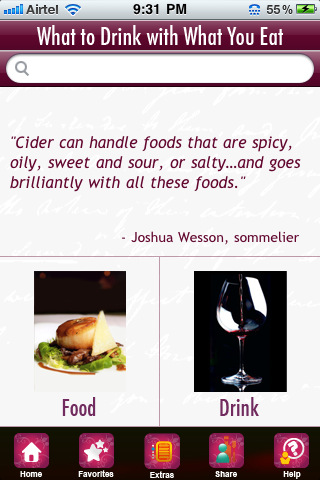
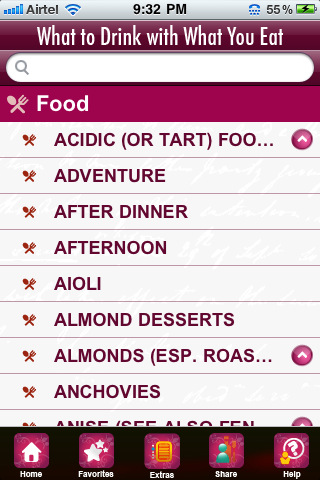



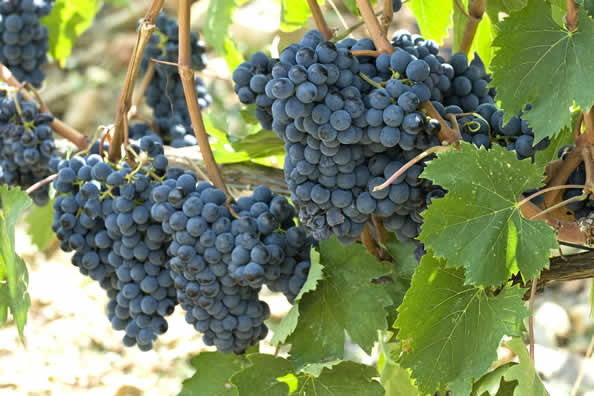
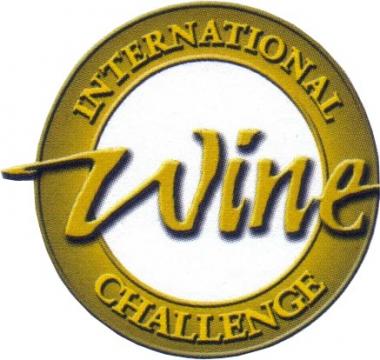

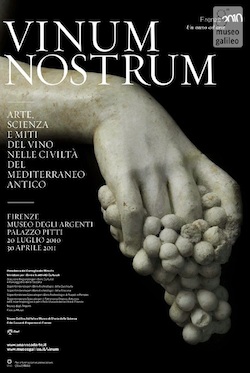




](http://ecx.images-amazon.com/images/I/41lm9UCDGKL._SL500_AA300_.jpg)